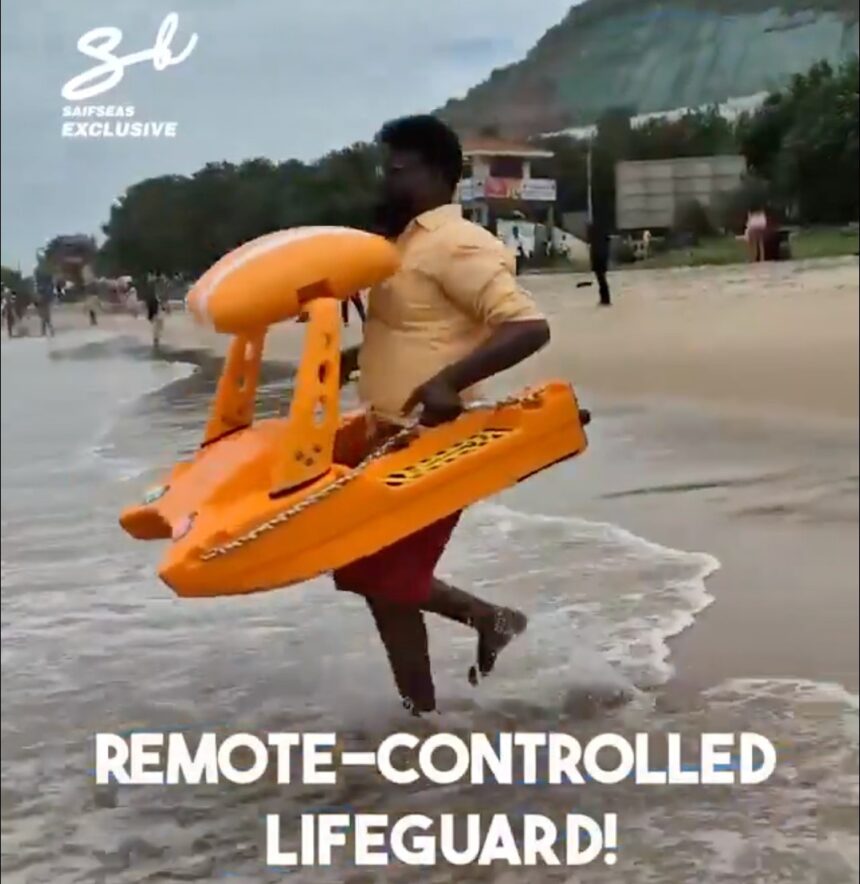A viral video shared on September 12 has drawn global attention to a remote-controlled lifesaving boat designed to assist swimmers in distress. The small, tube-shaped device swiftly skims across the water under remote operation, carrying flotation support directly to those in need.
Remote-controlled life saver 🚁💦 Technology saving lives from afar!pic.twitter.com/RiU7pbOaK0
— Enezator 1 Mn (@Enezator) September 12, 2025
Unlike traditional lifebuoys that must be thrown or manually delivered, this remote-controlled system can cut through waves at high speed, reaching a victim faster and with greater precision. Social media users described it as a “game-changing rescue tool,” emphasizing its potential in coastal safety, riverside monitoring, and flood-response scenarios.
The innovation comes as safety agencies worldwide continue exploring modern technologies to minimize drowning risks. According to the World Health Organization, drowning claims an estimated 236,000 lives globally each year. In many cases, delayed response times are a major factor. Remote-controlled lifesavers could close that critical gap by eliminating the need for immediate human entry into dangerous waters.
“This solution enhances both victim safety and rescuer safety,” explained a maritime safety consultant in Europe. “Rescuers can maintain distance from hazardous conditions while maneuvering the device directly to the victim.”
Several countries, including China and Australia, have already tested such devices on busy beaches. Field trials suggest these remote-controlled lifesavers can reach targets within 20–30 seconds, even in rough water. Unlike drones, which face battery and payload limits, these boat-style devices are fully buoyant, designed to resist waves, and often recoverable for repeated uses in a single operation.
While promising, challenges remain before wide adoption—cost, training requirements, and maintaining the devices in saltwater environments are key considerations. Nevertheless, the technology has gained momentum as viral clips raise awareness and public demand grows for modern rescue methods.
Experts predict that in the near future, every lifeguard station and flood-response unit could be equipped with such remote lifesaving boats, offering a vital new tool alongside human responders.






